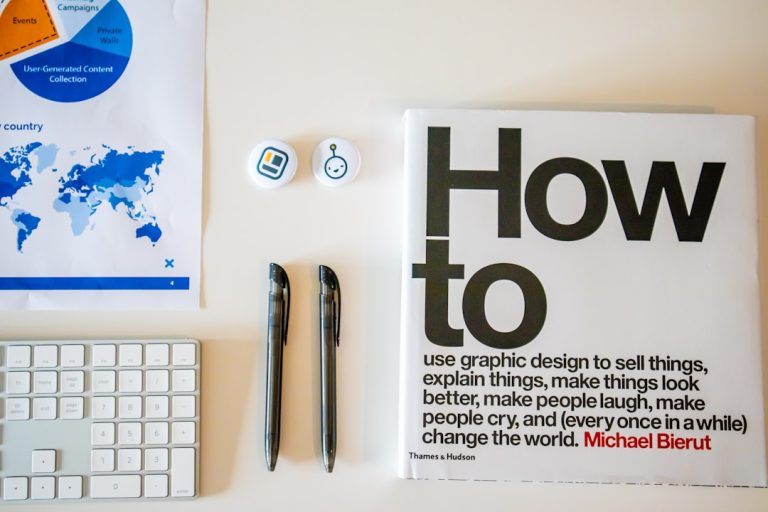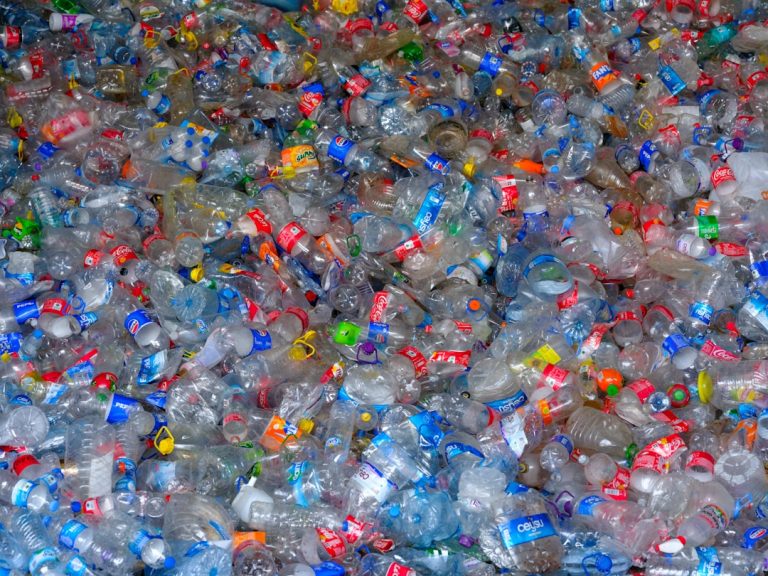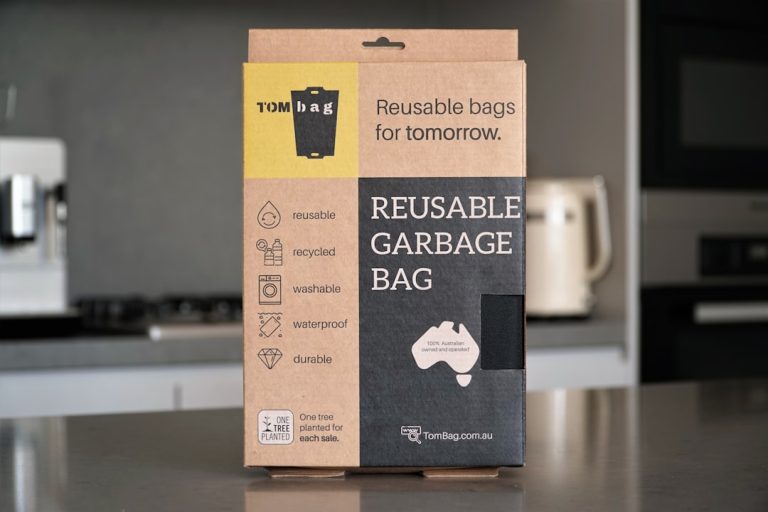The Impact of Ethical Sourcing on My Product Choices (my Research).
The Impact of Ethical Sourcing on My Product Choices (my Research)
For years, like many, I navigated the consumer landscape with a blend of convenience and habit. My shopping cart was often filled with items chosen for their price, brand recognition, or immediate appeal. However, a growing unease began to stir within me – a nagging feeling that there was more to products than met the eye. This feeling wasn’t just about quality or value; it was about the stories behind the items, the hands that made them, and the footprint they left on our planet. This nascent curiosity slowly blossomed into a dedicated personal research project: to truly understand the impact of ethical sourcing and, more importantly, how that understanding would reshape my own product choices.
What started as a casual interest soon evolved into a profound shift in my perspective. My research wasn’t just about gathering facts; it was about connecting dots, challenging assumptions, and ultimately redefining what “value” truly meant to me. It became a personal quest to align my purchasing power with my evolving values, moving beyond superficial appeal to a deeper appreciation for conscious consumption. This article isn’t a theoretical exposé on ethical sourcing; it’s a deeply personal account of my investigative journey and the tangible, sometimes challenging, ways it has transformed my everyday shopping decisions.
Unpacking My Initial Assumptions About Conscious Consumerism
Before I embarked on this deep dive, my understanding of “ethical sourcing” was, admittedly, quite rudimentary. I associated it broadly with terms like “fair trade” or “organic,” largely believing that if a product bore one of these labels, it was inherently good. My initial assumptions were often simplistic: buy local, avoid obvious exploitation, and generally try to be “nice” to the planet. I thought conscious consumerism was a niche pursuit, perhaps for those with unlimited budgets or ample time to scrutinize every purchase. I assumed that the burden of ethical production lay solely with companies, and my role as a consumer was merely to pick from the “good” options if they were readily available.
My research quickly dismantled these preconceived notions. I soon realized that ethical sourcing is a multifaceted, complex issue, far beyond a simple label. It’s not just about a single aspect like fair wages or environmental impact; it encompasses a holistic view of a product’s journey from raw material to retail shelf. I discovered that many products, even those with seemingly positive labels, could still have hidden ethical dilemmas further up their supply chain. This initial phase of my research was less about finding answers and more about learning what questions to ask. It was about moving past surface-level declarations and developing a critical eye for genuine commitment versus mere marketing tactics. This realization was both humbling and invigorating, signaling the true beginning of my personal investigative journey.
The Deep Dive: Decoding ‘Ethical’ Across Diverse Product Categories for My Needs
My research quickly showed me that “ethical” isn’t a one-size-fits-all definition. The criteria for ethical sourcing vary significantly depending on the product category. What makes a coffee bean ethically sourced is very different from what makes a smartphone or a t-shirt ethical. I had to learn to adapt my investigative lens for each area of my life.
For **food products**, my focus primarily shifted to environmental sustainability, fair labor practices for farmers, and animal welfare. I delved into certifications like Fair Trade International for coffee and chocolate, understanding that these ensure producers receive a fair price and work in safe conditions. For produce, I prioritized organic and local whenever possible, researching local farms’ practices regarding pesticides and soil health. Meat and dairy choices became particularly challenging; my research into factory farming led me to significantly reduce my consumption and, when I did buy, to seek out farms with clear humane animal treatment policies, often verified through third-party audits or direct farm visits where possible. I learned to look beyond buzzwords like “natural” and demand specifics about how animals were raised and fed.

When it came to **clothing and textiles**, my research unearthed the devastating social and environmental impacts of fast fashion. I learned about exploitative labor practices, unsafe working conditions, and the immense waste generated by the industry. This led me to prioritize brands that demonstrated supply chain transparency, paid living wages, and used sustainable materials like organic cotton, recycled polyester, or innovative eco-friendly fabrics. My investigation involved scrutinizing brand websites for their sustainability reports, checking for certifications like GOTS (Global Organic Textile Standard), and even looking into organizations like Fashion Revolution, which advocate for greater transparency. I started asking: Who made my clothes? This fundamentally altered my approach to fashion, moving me towards buying fewer, higher-quality, ethically made items, and embracing second-hand options.
My research into **electronics and home goods** presented a different set of complexities, largely centered around conflict minerals, e-waste, and responsible manufacturing. I looked for companies committed to ethical mineral sourcing, extended product lifespans, and take-back programs for recycling. While it’s harder to find fully “ethical” options in this sector, my goal became to support brands making demonstrable efforts towards improvement and transparency, even if imperfect. This included researching companies that were B Corp certified, indicating a commitment to social and environmental performance.
Across all these categories, my personal research became about understanding the nuances, recognizing that perfection is often unattainable, but significant improvement is always possible. It was about arming myself with knowledge to make informed, conscious decisions that aligned with my values, rather than just passively accepting what was presented to me.
Navigating the Labyrinth of Supply Chains: My Personal Quest for Transparency
One of the most profound realizations from my research was the sheer complexity and often deliberate opacity of global supply chains. Before, I rarely thought about how a product got from its raw materials to my shopping cart. Now, I understood that every item has a long, intricate journey, often spanning multiple countries and countless hands. My personal quest for ethical products quickly turned into a detective mission, trying to piece together fragmented information.
I learned that true ethical sourcing demands transparency. Without knowing where materials come from, who processes them, and under what conditions, it’s impossible to verify ethical claims. My research involved digging deep into company websites, looking beyond glossy marketing statements. I sought out detailed sustainability reports, third-party audit results, and clear explanations of their supply chain mapping. Many companies, I found, were vague, using terms like “responsibly sourced” without providing verifiable proof. This taught me to be wary of greenwashing – the practice of making unsubstantiated or misleading claims about environmental or social benefits.
I started paying attention to certifications, but also learned to scrutinize them. Not all certifications are created equal; some are more rigorous and independently verified than others. For instance, I learned the difference between a company self-certifying and one undergoing a robust external audit process. My research also highlighted the importance of traceability. Can a company trace its product back to its origin? If not, how can they truly vouch for ethical practices at every stage?
This phase of my research was often frustrating. I encountered many dead ends, vague answers, and companies unwilling or unable to provide the level of detail I sought. However, it also revealed shining examples of brands genuinely committed to transparency, sharing their supplier lists, audit results, and even stories of the workers involved. These were the brands that earned my trust and, ultimately, my business. My personal journey through these supply chain labyrinths solidified my belief that transparency isn’t just a buzzword; it’s the bedrock of genuinely ethical sourcing, and a non-negotiable factor in my product choices.
From Discovery to Decision: How My Research Reshaped My Buying Habits
The transition from intellectual understanding to practical application was perhaps the most challenging, yet rewarding, part of my journey. My extensive research wasn’t just about accumulating knowledge; it was about internalizing it to the point where it fundamentally altered my consumer behavior. This shift wasn’t instantaneous; it was a gradual evolution, marked by conscious decisions and, at times, difficult trade-offs.
One of the most noticeable changes was in my **clothing purchases**. Before my research, I would frequently buy new items, often






